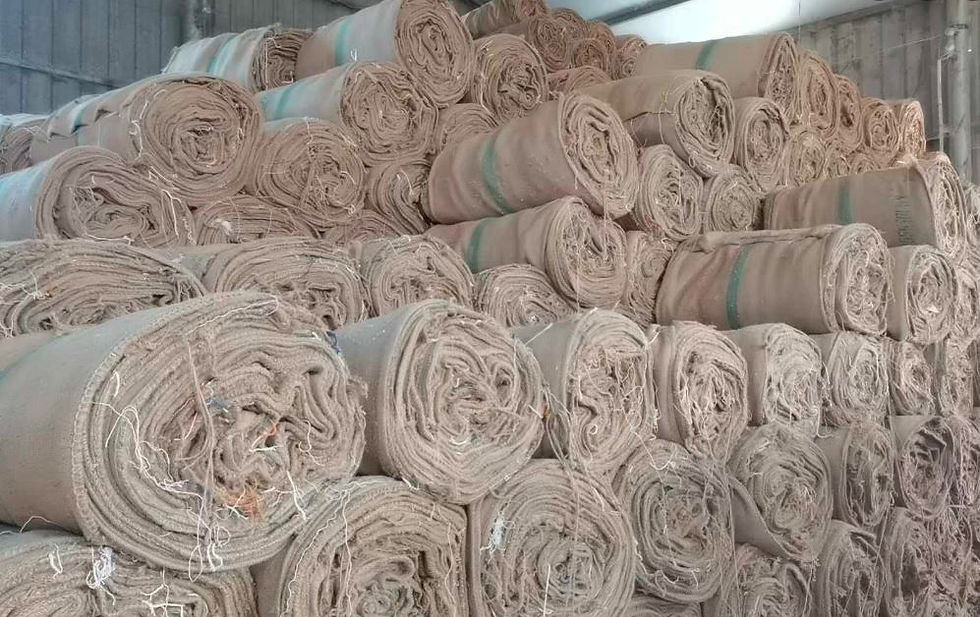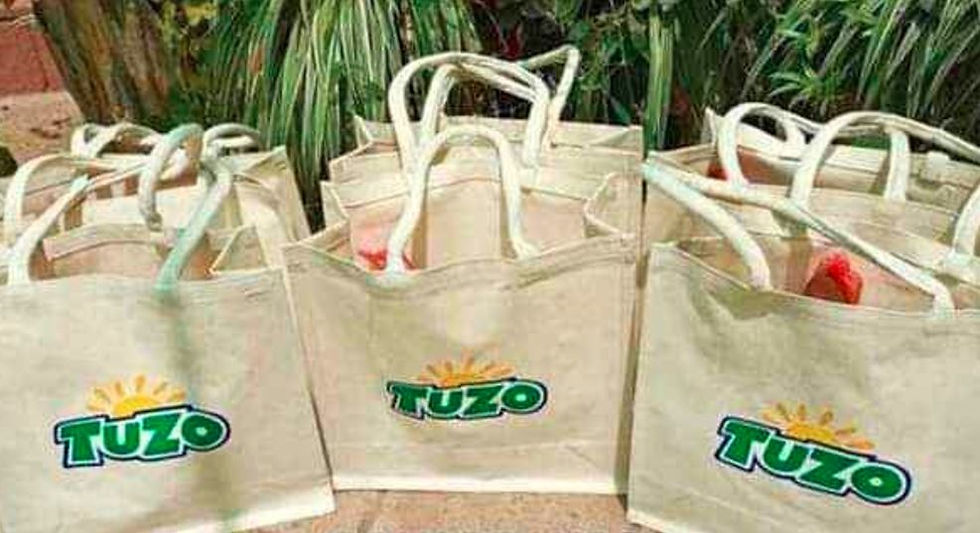
In this section we will look at
1.)About Jute bags
2.)History of Jute Bags
3.)How Jute Bags are Made
5.)Advantages of Jute Bags
6.)How to Care for Jute Bags
7.)Challenges facing Jute Bags
Jute bags are a remarkable innovation in eco-friendly packaging solutions. They are made from jute fiber, a biodegradable and renewable material derived from plants, primarily Corchorus capsularis and Corchorus olitorius. Known as the "Golden Fiber," jute is celebrated for its durability, affordability, and eco-friendliness, making it a popular alternative to plastic and synthetic materials. Jute is a natural fiber cultivated in tropical regions, predominantly in India and Bangladesh, which account for over 90% of global production. It is a bast fiber, meaning it is derived from the outer skin of the jute plant’s stem

Jute bags are Biodegradable and Eco-Friendly as Jute decomposes naturally, leaving no harmful residue They are Durable and Strong tensile strength and resistance to wear. Versatile can be Easily woven into fabrics for various uses. Breathable which Allows air circulation, making it ideal for storing food items like grains and vegetables.
History of Jute Bags

Jute fiber has been used for centuries in textiles, ropes, and sacks. Its history dates back to ancient times when it was woven into household items. By the 19th century, jute became a major export commodity, especially in British India, where jute mills flourished.
Modern jute bags gained popularity in the late 20th century as environmental concerns about plastic pollution spurred the demand for sustainable alternatives. Today, jute bags symbolize eco-conscious living and are a cornerstone of the global movement toward sustainability.
How Jute Bags are Made
The production of jute bags involves several steps, combining traditional and modern techniques:
Cultivation and Harvesting
Jute grows best in warm, humid climates with well-drained alluvial soil.Jute plants mature in about 4-6 months. The plants are cut close to the ground and left to rett (soak in water) for 2-3 weeks to separate the fibers.
Processing
Fibers are stripped from the stalks and washed to remove impurities.The fibers are sun-dried before being baled for transport. The dried fibers are spun into yarn using mechanical or manual methods.
Fabrication
The yarn is woven into fabric, which is cut and stitched into bags of various shapes and sizes. Additional features like handles, zippers, and designs are added as required.
Types of Jute Bags
Jute bags come in a wide array of designs, each tailored for specific purposes:
Shopping Bags
Features: Sturdy handles, large capacity, reinforced seams.
Use: Carrying groceries, clothes, and everyday essentials.
Tote Bags

Features: Fashionable, lightweight, and versatile.
Use: Casual outings, carrying books, or office supplies.
Sack Bags

Features: Large and heavy-duty, used for bulk storage.
Use: Packaging agricultural products like rice, wheat, and coffee.
Promotional Bags

Image of Jute tote bags
Features: Custom-printed logos and designs.
Use: Branding and corporate giveaways.
Wine Bags
Features: Slim design with compartments for bottles.
Use: Transporting wine or other bottled beverages.
Drawstring Bags
Features: A cinch closure for quick access.
Use: Gym gear, shoes, or lightweight items.
Advantages of Jute Bags
Jute bags offer numerous advantages, making them a preferred choice for both individuals and industries:
Environmental Benefits
Biodegradability: Decomposes naturally, reducing landfill waste.
Renewable Resource: Jute plants are fast-growing and require minimal chemical inputs.
Carbon Sequestration: Jute cultivation helps absorb CO₂ from the atmosphere.
Economic Benefits
Affordability: Cheaper than many synthetic alternatives.
Employment: Provides livelihoods to millions, especially in rural areas.
Practical Benefits
Durability: Strong fibers withstand heavy loads.
Breathability: Prevents moisture buildup, ideal for food storage.
Aesthetic Appeal: Available in stylish designs and natural textures.
How to Care for Jute Bags
To maintain the longevity of your jute bag, follow these care tips:
Cleaning:
Spot clean with a damp cloth and mild soap.
Avoid machine washing, as it can weaken the fibers.
Drying:
Air-dry in a shaded area to prevent color fading and shrinkage.
Storage:
Store in a cool, dry place to avoid mildew and odors.
Keep away from prolonged exposure to sunlight.
Challenges facing Jute Bags
While jute bags are an excellent alternative to synthetic materials, they have a few limitations Jute absorbs moisture, which can lead to mold or weakening. Prolonged rough use may fray the fibers. While the base material is affordable, adding designs or logos can increase costs.

Comentários